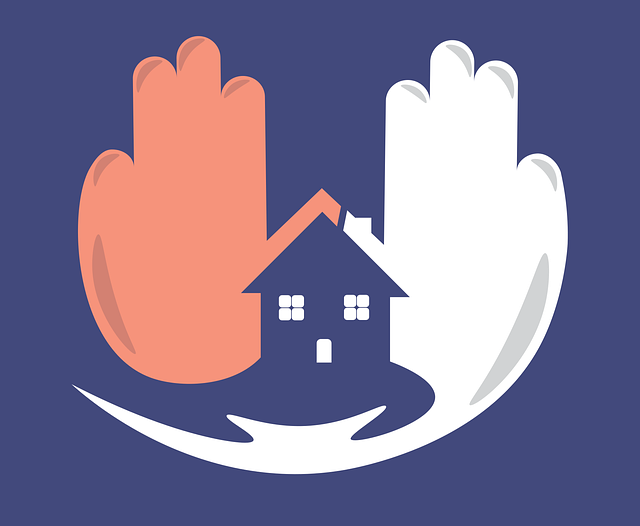
Introduction
When natural disasters strike, there’s often little time to spare. As someone who’s spent years evaluating homes for safety and resilience, I’ve seen firsthand how even small, last-minute actions can make a big difference. If you’re under evacuation orders and have only a short window to prepare, here’s what you can do to help protect your home—without spending a dime.
1. Secure What You Can, Inside and Out
Start by walking around your yard. Anything that can become airborne—grills, garden tools, patio furniture—should be brought inside or anchored. Don’t overlook loose siding, shutters, or fencing. These small fixes, if addressed quickly, can prevent serious damage.
Indoors, shut all interior doors. This simple step helps slow down air pressure changes and could prevent a structural failure in strong winds. Pull curtains closed to minimize flying glass hazards in case windows break.
2. Shut Off Key Utilities If Time Allows
If you’re safely able to do so and have the know-how, shut off the gas supply at the main valve. A damaged gas line can turn an already dangerous situation into something catastrophic. Also, unplug appliances and shut off water at the main to reduce the risk of flooding or electrical damage when utilities are restored.
3. Document Your Property
Use your phone to take a quick video tour of your home. Open drawers and closets, show the condition of the roof from the ground, and record any key valuables. This might not prevent damage, but it can save you countless hours later when you’re filing insurance claims.
4. Reinforce Entry Points
If you have plywood on hand or storm shutters, install them quickly. If not, at least lock all doors and windows—ideally with deadbolts. Even bracing a garage door with a solid object from the inside can buy you extra protection.
5. Leave a Note
Tape a visible note on the inside of a front window with your contact information, the date, and the fact that you’ve evacuated. Emergency responders will appreciate knowing that they don’t need to search the home.
Final Thoughts
You don’t need a truckload of supplies or a week of prep time to take meaningful action. In a matter of hours—or even minutes—you can reduce potential damage and speed up recovery later. Think of it as buying time, not just for your house, but for your peace of mind. Your home can’t come with you, but you can still leave it safer than you found it.
